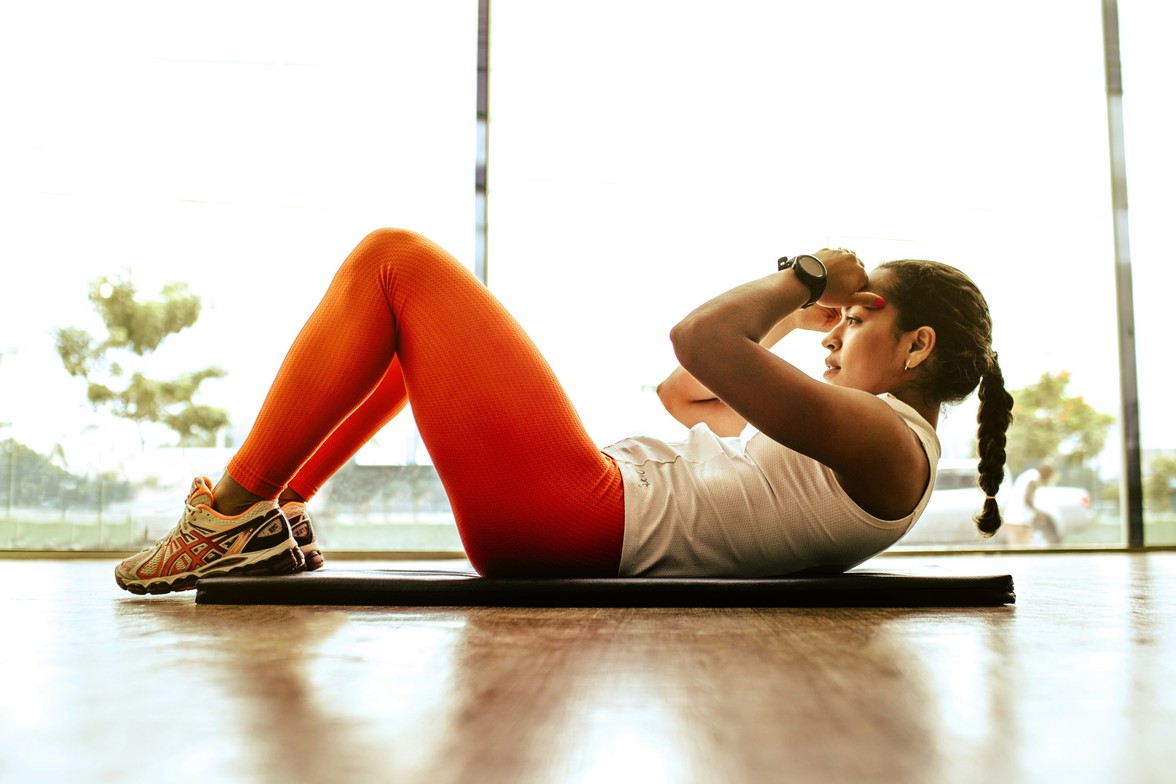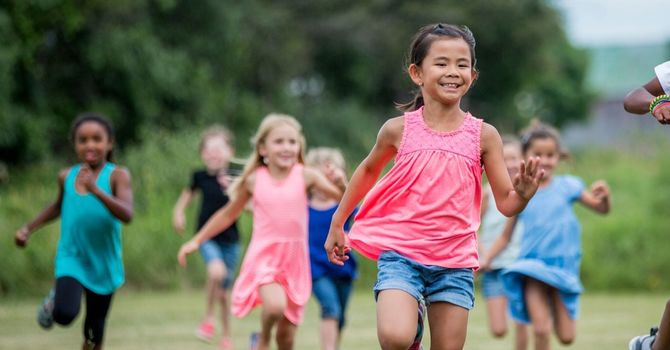
A Busy Season for Young Athletes
As school sports ramp up in the fall, student athletes are logging long hours at practice, juggling academics, and often playing on multiple teams. While sports offer incredible physical and mental benefits, they also increase the risk of overuse and acute injuries—especially if recovery and body awareness are overlooked.
Whether your child is on the football field, the volleyball court, or running cross country, helping them move well and recover fully can go a long way in preventing strain and staying healthy throughout the season.
Understanding the Most Common Injuries
Each sport comes with its own unique physical demands, but many injuries fall into a few key categories:
- Sprains and strains: These are the most common, often affecting the ankles, knees, or shoulders.
- Overuse injuries: Repetitive stress without proper rest can lead to conditions like tendonitis, shin splints, or joint irritation.
- Postural imbalances: Poor form, muscle imbalances, or spinal misalignment can increase injury risk and reduce performance.
While not all injuries are preventable, many are avoidable with better movement habits, proper gear, and adequate rest.
Build a Foundation for Safer Movement
Student athletes benefit from consistency—not just in training, but in how they care for their bodies. Here are a few smart strategies to help reduce injury risk:
- Encourage dynamic stretching before and after practice
- Prioritize sleep and recovery days to allow muscles to heal
- Make sure shoes are appropriate for the sport and replaced regularly
- Mix up training to avoid repetitive strain (cross-training can help!)
- Remind athletes to speak up about any pain that lingers or worsens
Support Through Growth and Change
Adolescents are still growing, which means their joints, muscles, and coordination are in constant transition. That’s why proper form and posture are so important. Regular chiropractic care, bodywork, or mobility exercises can help identify imbalances early and support long-term physical development.
When kids understand how their body works—and how to take care of it—they’re more likely to stay active, strong, and injury-free through the season.
The content in this blog is for informational purposes only and is not a substitute for professional medical advice, diagnosis, or treatment. Always consult your doctor or a qualified healthcare provider before trying new healthcare protocols.

Riley Dodd D.C.
Contact Me



